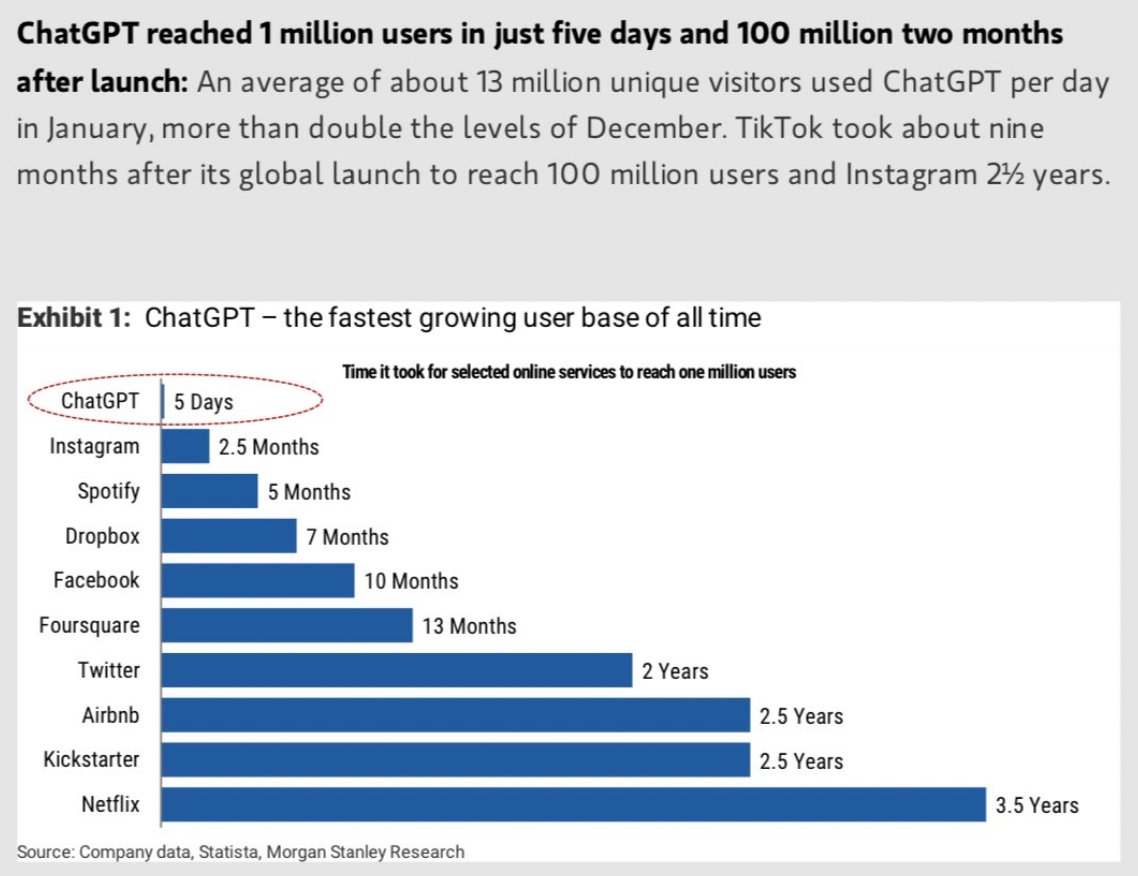Gartner Hype Cycles: All Aboard

Coined by the American technology research firm of the same name, the Gartner hype cycle is an attempt to capture the changing stages of public perception and development milestones of nascent technologies.
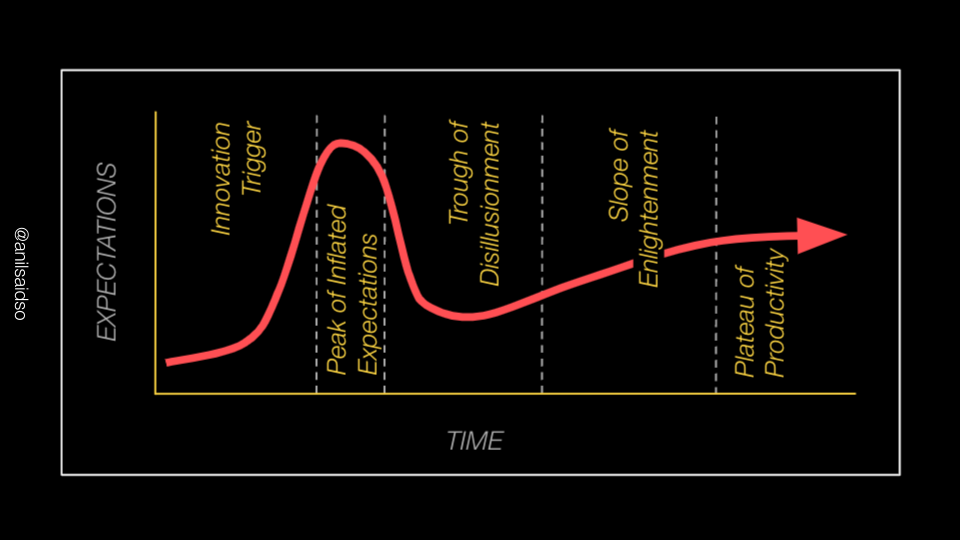
This framework is not particularly useful for making predictions, but it can help us understand how momentum builds and wanes during the adoption process.
Bandwagons

band·wag·on (noun): a party, cause, movement, etc., that by its mass appeal or strength readily attracts many followers.
The difference between a fad and the adoption of a fundamentally disruptive technology is that the latter does not die after the initial enthusiasm wears off.
Mistaking the microprocessor, internet, or smartphone for fads severely punished contrarian investors and entrepreneurs over the last few decades. And you will have surely witnessed the same mistake being repeated in regards to bitcoin.
Riding the Waves
Ground-breaking innovations do not get adopted in a straight line. Instead, it happens in subsequent waves of increasing magnitude, where each cycle represents a different cohort of users (with varying needs and risk tolerance).
“The earliest buyers in a Gartner hype cycle typically have a strong conviction about the transformative nature of the technology they are investing in.” —VIJAY BOYAPATI
Overall, it's a constant game of cat-and-mouse between the maturity of a technology and people’s expectations (see Amara's Law).
While the unit price of bitcoin is not a perfect measure of adoption, it does indicate the total amount of wealth being stored in the asset over time.
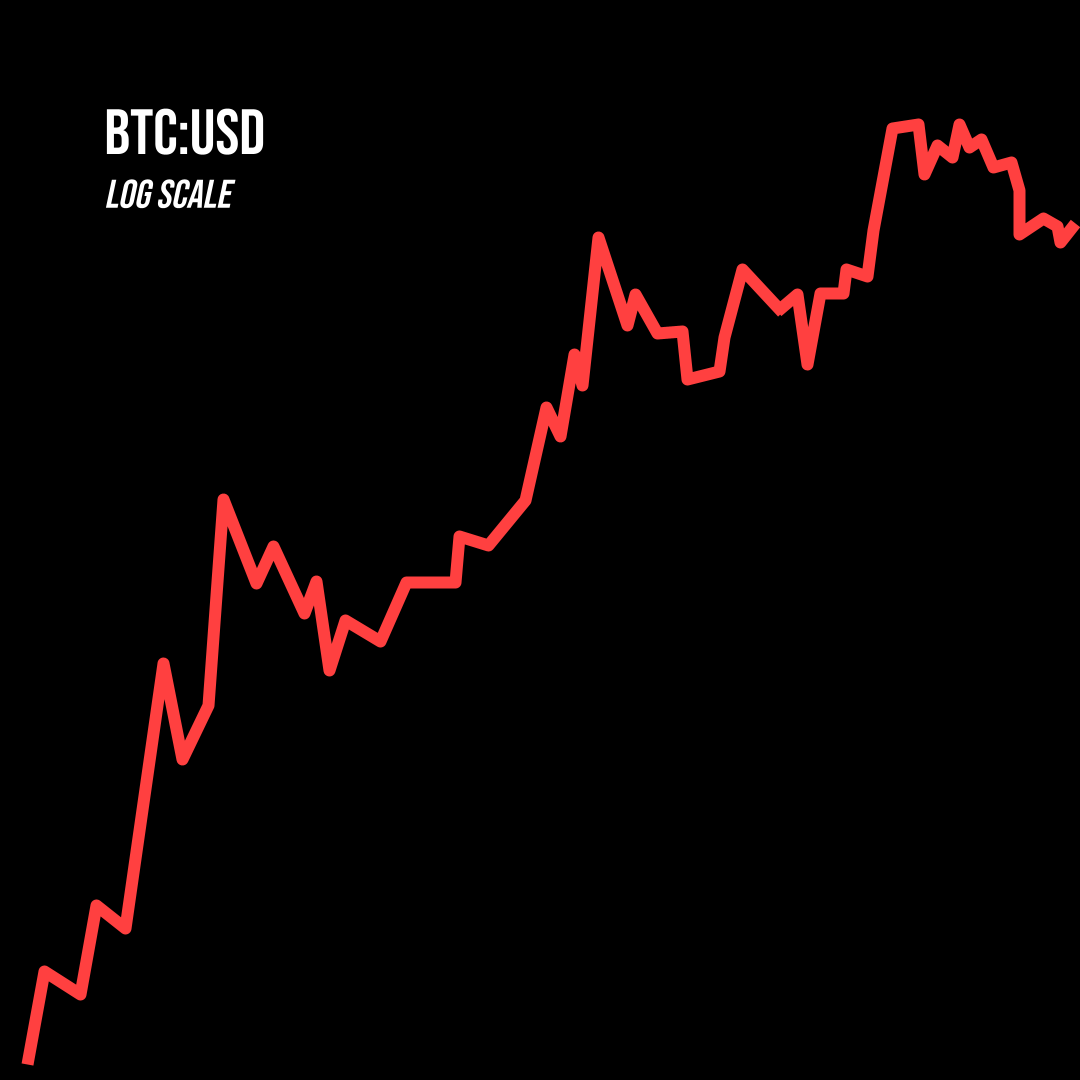
It is also important to note that not everyone becomes aware of an innovation's existence at the same time. The dissemination of information (both speed and route) plays an important role in deciding who early adopters can be.

Undercurrents
No technology exists in a bubble. It can be helped or hindered by other technologies or environmental factors.
For example, the accelerating rate of adoption for new smartphone apps has certainly been helped by increasing smartphone penetration and network coverage, declining costs of data plans, and increased social connectivity enabled by existing apps.
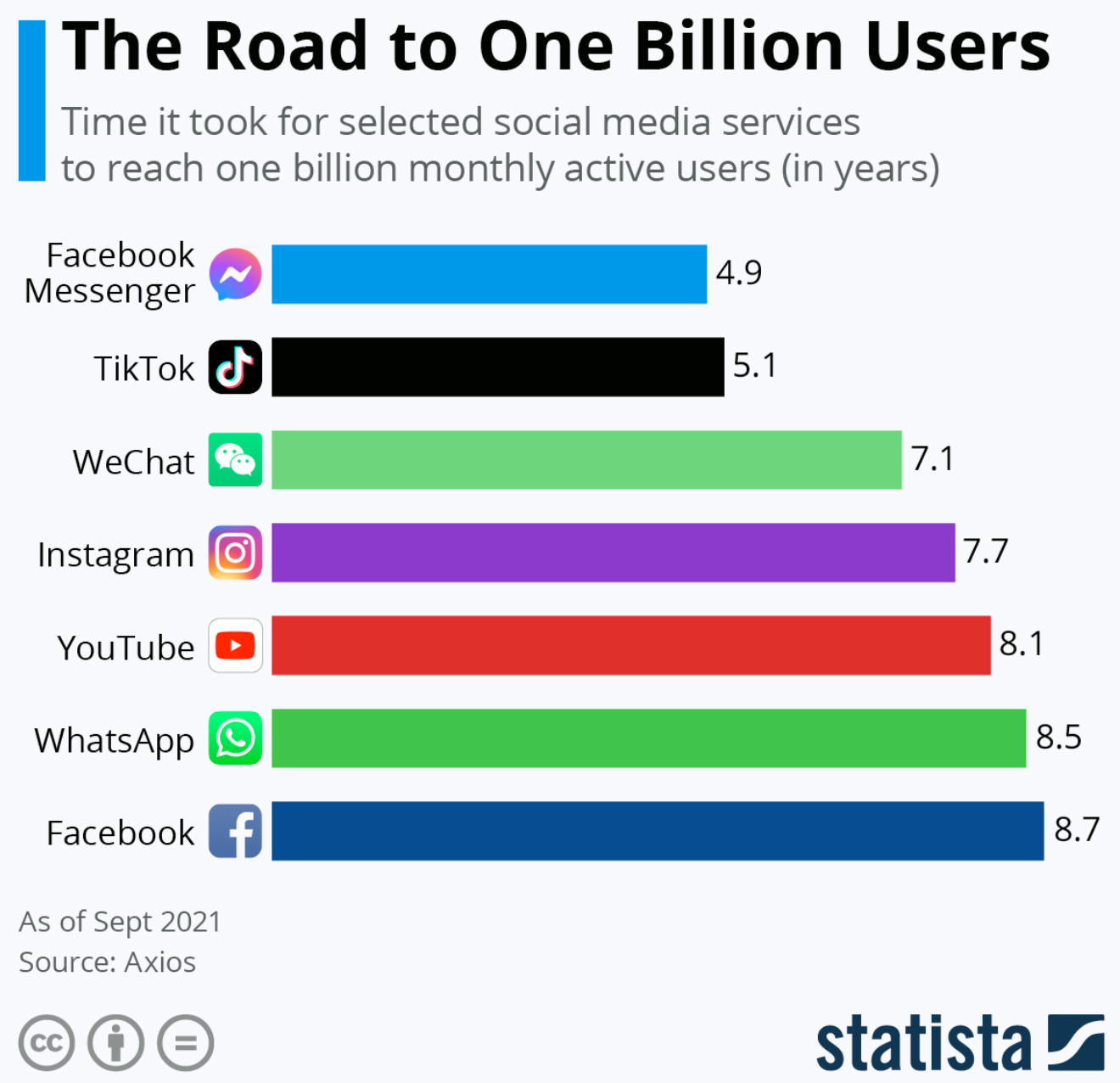
Bitcoin's adoption continues to take place via a boom and bust fashion of cycles. Each more intense than the prior. But when you strip away the noise, all that is left is increasing conviction among an growing user base.
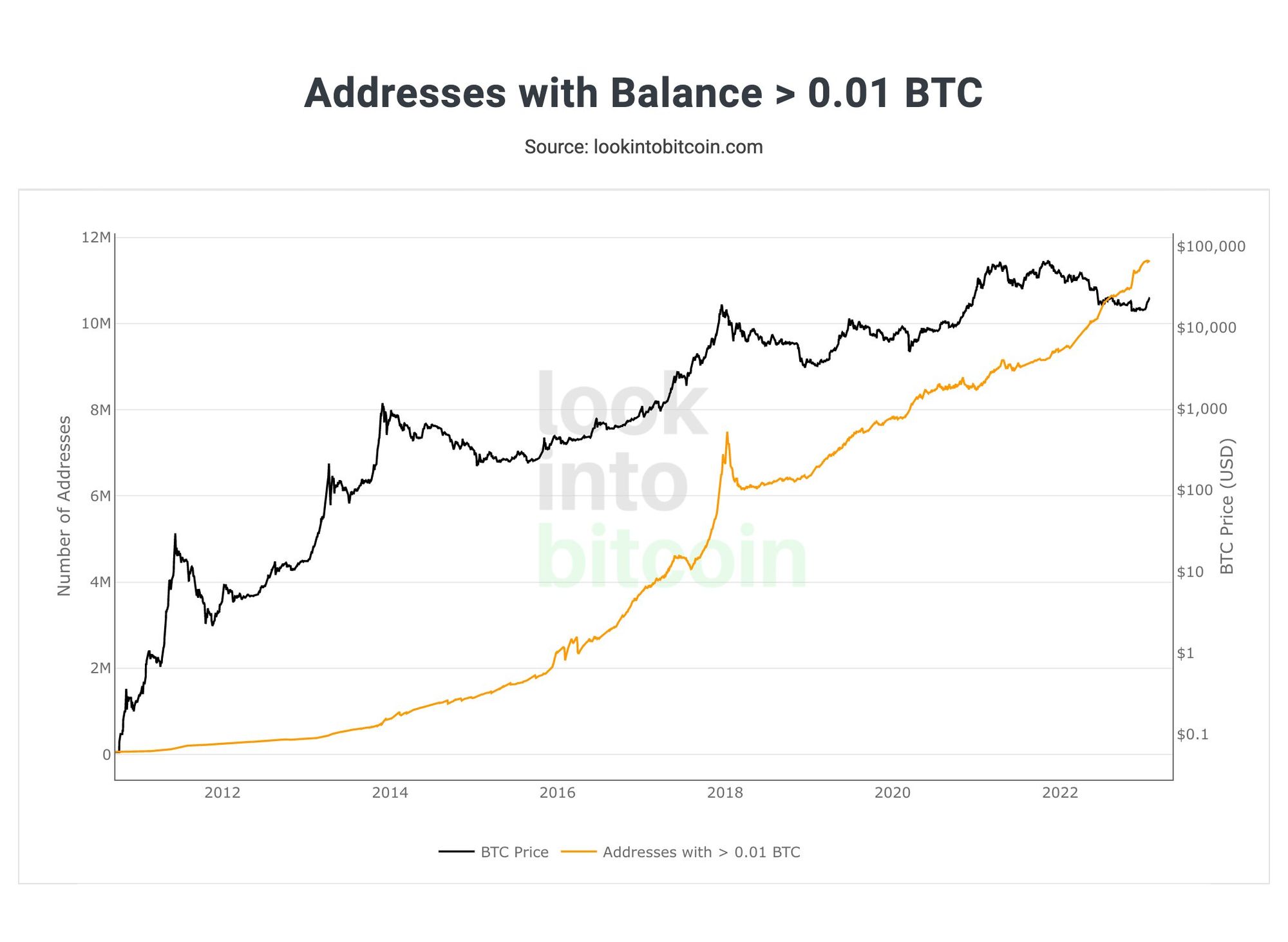
"Ride another wave adjacent to you." —HARRY SYNDER
So what other waves are currently building?
Between the Lightning network, nostr, and chatGPT, it's hard to imagine a future that bitcoin does not benefit from.
